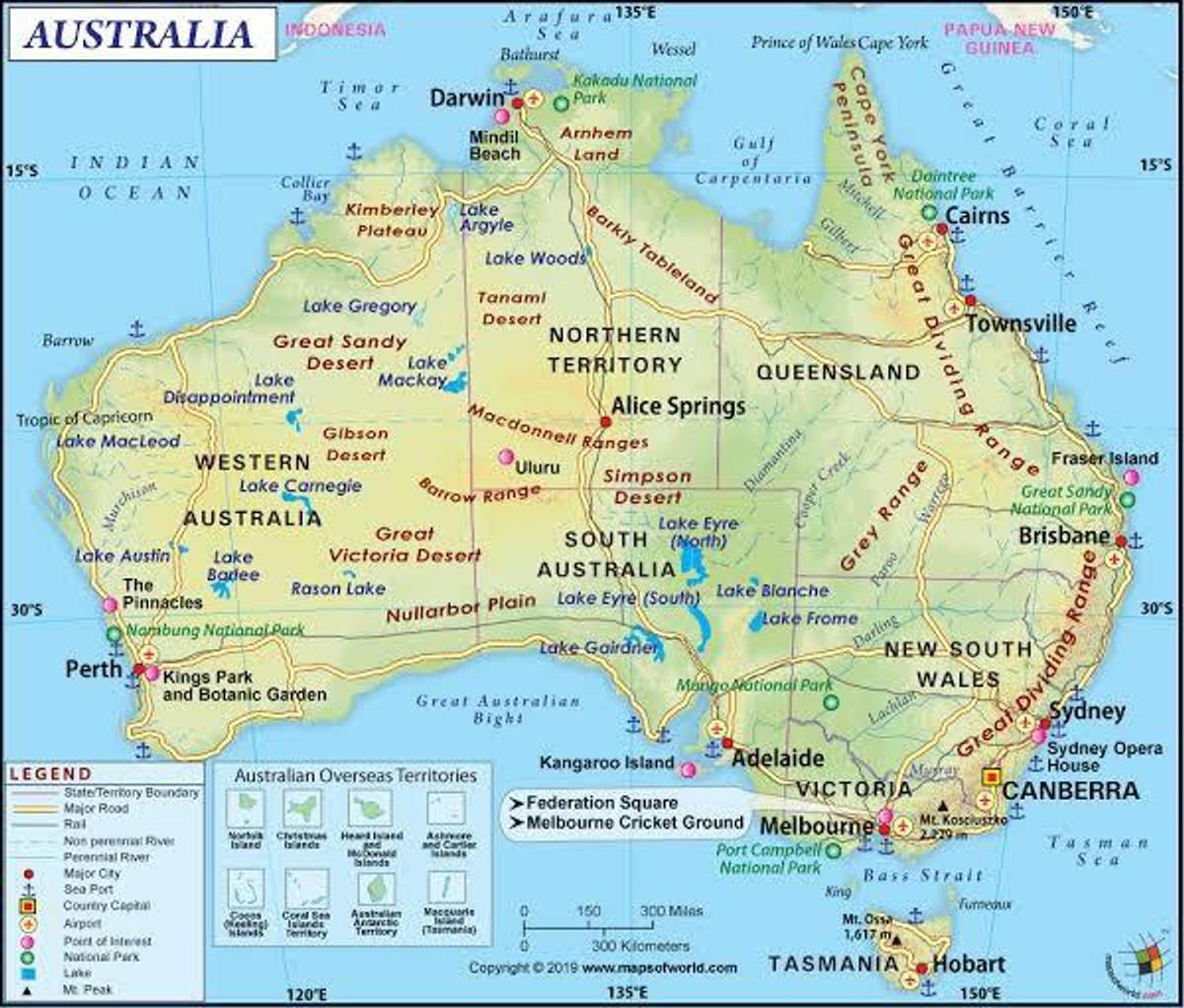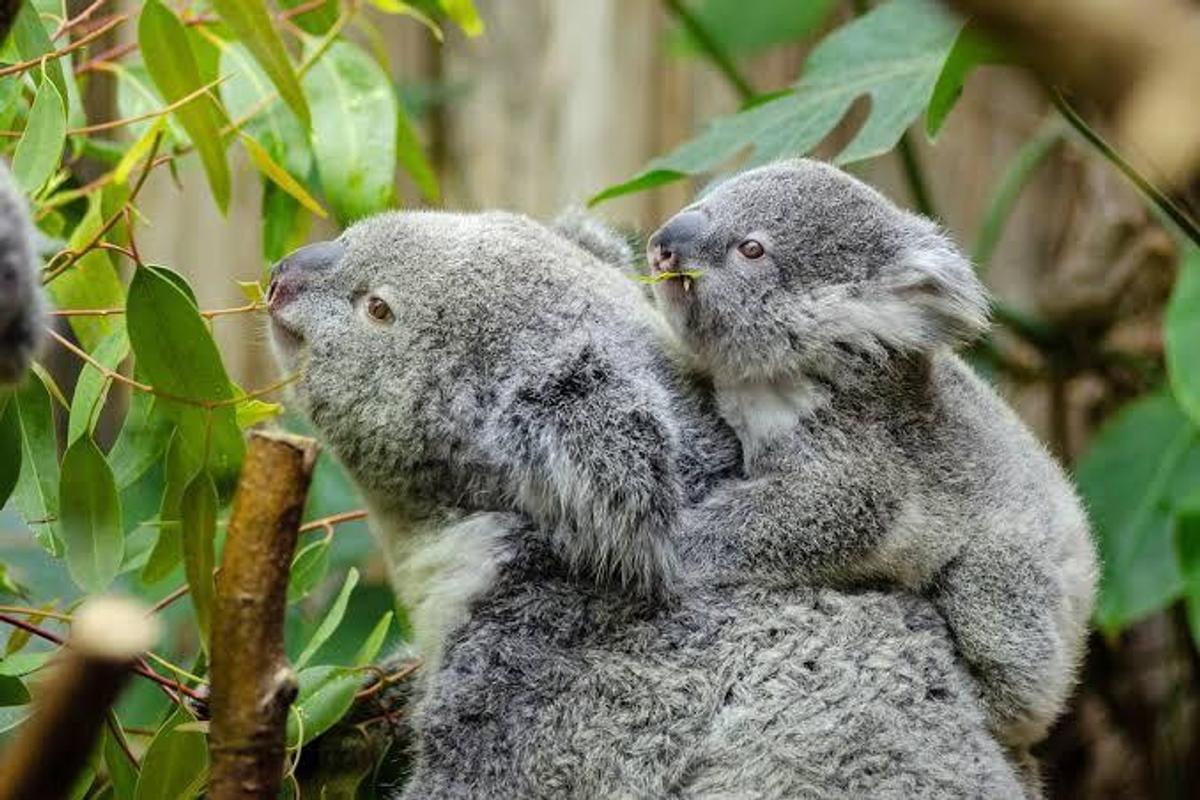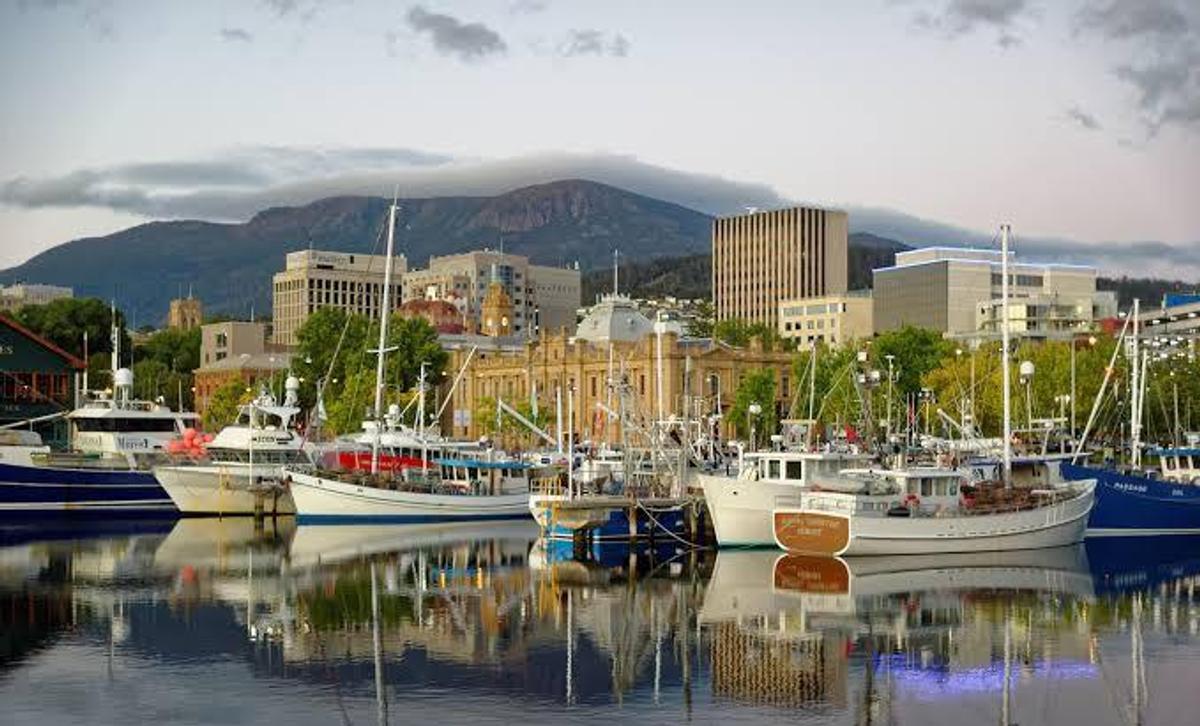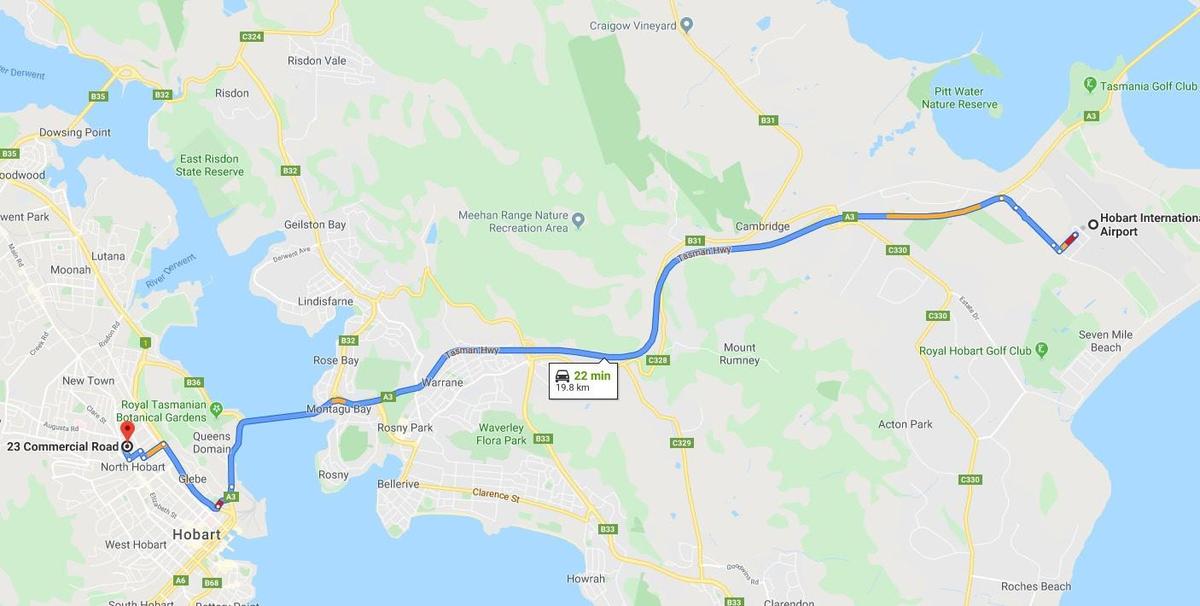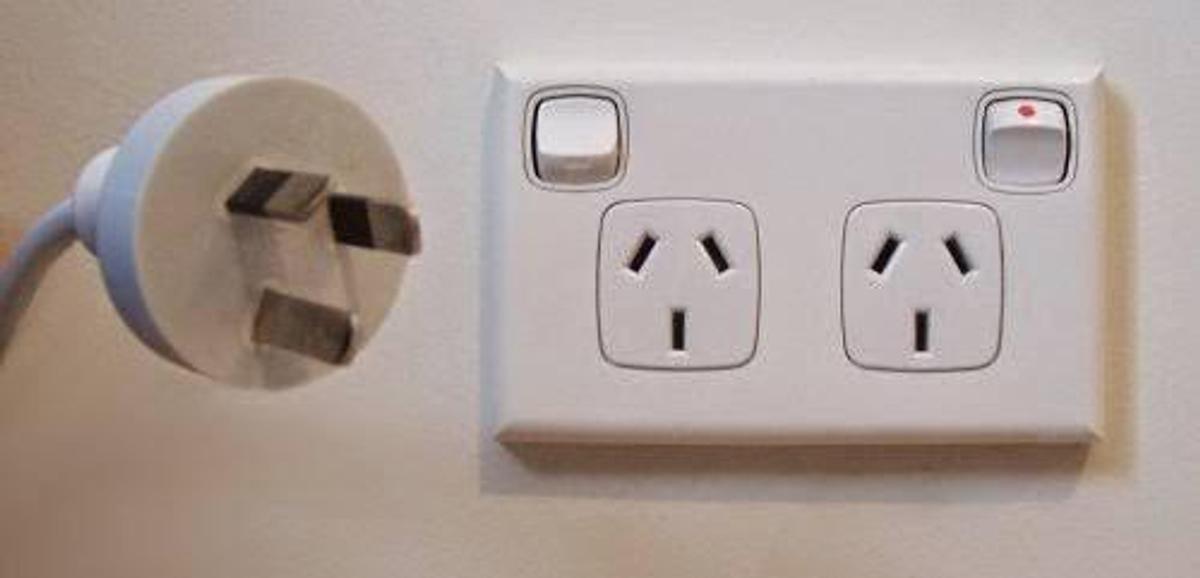Pre-Arrival
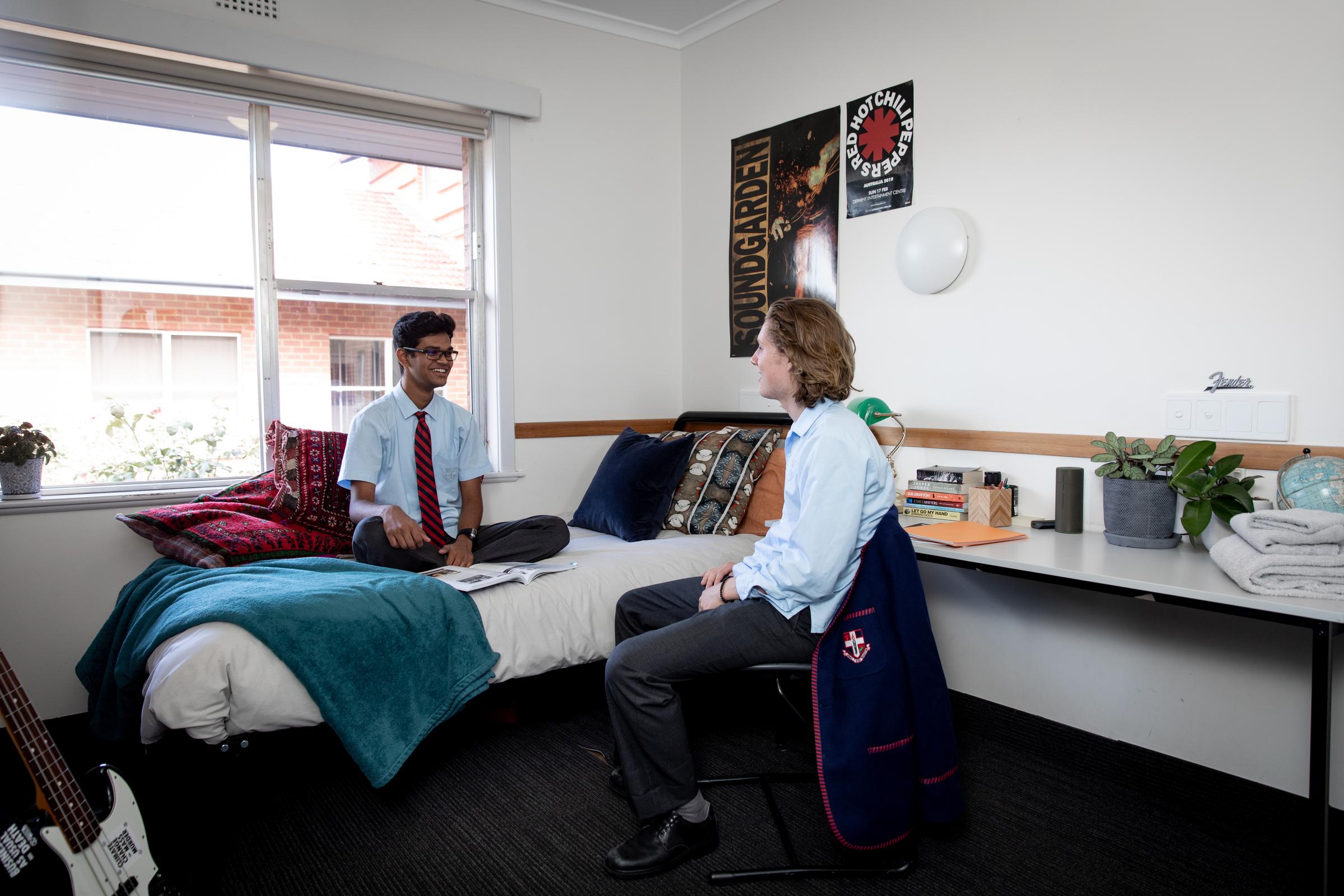
Introduction to Australia
Located in the Southern Hemisphere, Australia is the worlds’ sixth-largest country by total area, spanning 7,692,024 square kilometres. It is the world’s largest country without land borders and the third-largest English-speaking country.
Australia is comprised of six states and ten territories (seven of which are considered “external territories”). The population
of approximately 25 million is highly urbanised, with a large percentage of the population choosing to live on the eastern seaboard. The population density (2.8 inhabitants per square kilometre) is one of the lowest in the world. Australia’s capital city is Canberra.
Australia was inhabited by indigenous Australians for approximately 60,000 years before the first British settlement in the late 18th century. After the initial exploration of Australia by the Dutch (who named it New Holland), the Eastern half of the continent was claimed by Great Britain in 1770 and initially settled through penal transportation to the colony of New South Wales. From 26 January, 1788 (a date we now know as “Australia Day”). On 1 January 1901, the six colonies across Australia federated, forming the Commonwealth of Australia.
Australia is one of the flattest and driest inhabited continents in the world, with a wide variety of stunning landscapes including desert, rainforest and mountain ranges. These landscapes are home to some rare and beautiful flora and fauna, including well known species such as the platypus, echidna, kangaroo, emu and koala. Australian forests mostly consist of evergreen plant species such as eucalyptus and wattles.
Australia has no official language, however, English is the main language spoken in Australian homes. According to the 2016 census, 72.7% of Australian households reported that English was the only language spoken in the home. The next most common languages spoken in Australian homes are Mandarin (2.5%), Arabic (1.4%), Cantonese (1.2%), Vietnamese (1.2%) and Italian (1.2%). Australia also has a sign language, known as Auslan, which is the main language for about 5,500 deaf Australians.
Australia generates it’s income from a variety of sources including mining exports, telecommunications, tourism, banking and manufacturing. Australia is a highly developed country that ranks highly in quality of life, health, education, economic freedom, civil liberties and political rights, with all Australian major cities faring well in global comparative liveability surveys.
Introduction to Hobart
Hobart is the capital city of Tasmania (the island state of Australia). With a population of
approximately 225,000, it is the least populated city in Australia. Founded in 1804, Hobart (formally known as Hobart Town) is Australia’s second-oldest city, after Sydney. Prior to European settlement, the Hobart area was occupied for possibly as long as 35,000 years by Australian Indigenous people.
Hobart is located in Tasmania’s south-east, on the estuary of the Derwent River, making it the most southern of Australia’s capital cities. Hobart’s harbour forms the second-deepest natural port in the world. The Hobart skyline is dominated by the majestic Mount Wellington/kunanyi, and the surrounding landscape is filled with natural beauty to be explored. Hobart is an excellent small city to educate young minds, free from the distractions of “big-city living”.
Introduction to The Friends’ School
The Friends’ School is an independent, coeducational day and boarding school situated in the heart of Hobart, Tasmania. The Quaker ideals of Simplicity, Peace, Integrity, Community, Equality and Earthcare are at the core of the School’s value system. As a school, we seek to help our students develop as people who think clearly, act with integrity, are sensitive to the needs of others and the environment and hold a global perspective.
We are proud of our consistently high academic results, varied curriculum and co-curricular opportunities, but we are prouder still of our students and all that they go on to achieve. Each students’ individual needs and interests are nurtured at Friends’, where we have a wide range of opportunities for students to explore and develop individual passions and challenge themselves academically.
The Friends’ School has a strong commitment to service, to equality of relationships and to fostering independent and creative thinking. The Friends’ School offers a unique and well-rounded education in a supportive and engaging environment that is beneficial for students from all walks of life.
Arranging Visas
Most international students wanting to study in Australia require a student visa. Some other visa holders are also eligible to study as international students in Australia. Many students apply for a visa themselves on-line or via the Australian Diplomatic Mission in their country. The visa application process can be complicated and for students from some countries it may be better to submit an application with the assistance of an accredited agent due their familiarity and experience in the field. You should check with the education provider in Australia for their accredited agents in your country.
In order to apply for a visa you will need a valid passport, an electronic Confirmation of Enrolment (eCoE) and any other documentation required by the Australian diplomatic post with which you lodge your application. For example, if you are under 18 you must have a completed CAAW form to ensure your accommodation and welfare is approved by your education provider.
You must ensure to allow enough time for processing between lodging your application and the start of your academic program, as it can be a lengthy process depending on your country of origin.
Department of Home Affairs (DHA)
Visit the Department of Home Affairs website https://www.homeaffairs.gov.au/
Migration Agents
A migration agent can assist you in submitting your visa application and communicate with on your behalf, but please note that you do not need to use a migration agent to lodge any kind of visa application.
Education Agents
Education agents promote various Australian education programs and institutions internationally and are a good way for students to apply to study in Australia. Agents are experienced in making international student applications and applying for visas. Most speak both English and the local language so this makes the application process a lot simpler and generally hassle free for students and parents. Most do not charge for their service as they collect a commission from the institution you choose to attend. However, some agents do charge small amounts or offer additional services for which they charge.
Please Note: Although able to assist in completing education and visa applications, Education Agents are NOT licensed to provide migration advice.
Visa Conditions
If you are granted a visa, you must abide by its conditions. Failure to comply with these conditions could result in the cancellation of your visa. These conditions include (but are not limited to):
- Complete the course within the duration specific in the CoE
- Maintain satisfactory academic progress and attendance
- Maintain approved Overseas Student Health Cover (OSHC) while in Australia
- Remain with the principal education provider for 6 calendar months, unless issued a letter of release from the provider to attend another institution
- Notify your training provider of your Australian address and any subsequent changes of address within 7 days.
Understanding your Visa Conditions
As a student in Australia you have a number of rights, as well as a number of obligations and student visa conditions you must comply with. The Friends’ School is required to report students that fail to comply with their visa conditions to the Department of Home Affairs (DHA). For detailed and up-to-date information on student visa requirements, please visit the DHA website.
Arranging Travel
Your family will need to make your travel arrangements to Australia or your agent may organise this for you. It is not advisable to book your flights until you have been granted your student visa. It is important that you arrive on the day that the School has specified in your letter of offer. It is a requirement that you attend any orientations and allow some to settle in and adjust.
If possible you should try to organise your connecting flight to arrive into Melbourne to save having to change terminals. Melbourne Airport is also the closest international airport to Hobart. The flight Melbourne to Hobart usually takes around 60 minutes.
The Hobart Airport is only 17km from The Friends’ School and takes approximately 20 minutes in a car to drive.
It is important that you have contacted the Enrolments Manager and provide the details of your flight and arrival. The School will confirm with the staff member who will be meeting you upon your arrival.
Documents
You should prepare a folder of official documents to bring with you to Australia, including:
- Valid passport with your electronic Student Visa
- Offer of a place from The Friends’ School
- Confirmation of Enrolment (eCoE) and CAAW (welfare) Letter issued by The Friends’ School
- Receipts of payments or Policy Letter (e.g. tuition fees, OSHC, bank statements etc.)
- Insurance policies
- Original or certified copies of your academic transcripts and qualifications
- Other personal identification documents, e.g. birth certificate, ID card, driver’s licence
- Medical records and/or prescriptions
What to Bring
Students are often surprised by how strict Australian Customs Services and quarantine can be. If you’re in doubt about whether your goods are prohibited or not, declare it anyway on the Incoming Passenger Card which you will receive on the plane. Students have received on the spot fines for not declaring items. Visit: http://www.agriculture.gov.au/travelling/arriving-in-australia
Baggage allowances flying into Australia will vary according to your carrier, flight class and country of origin. Please check with your carrier prior to departure. Economy passengers are generally permitted 1 x checked luggage (35kg) and 1 x carry-on (7kg) for international flights, but only 20kg of checked luggage on domestic flights within Australia. This will significantly limit the amount of things you can bring, especially if you will fly within Australia to get to your final destination. Therefore, it is essential to think the packing process through very carefully. You will be able to purchase most things upon arrival in Australia but the price may be higher than in your own country.
Seasonal Considerations
Summer in Australia is from December to February, autumn from March to May, winter from June to August, and spring from September to November. For most of the country the hottest months are January and February.
Clothing
After School and weekends the students usually dress casually. Jeans with t-shirts or blouses, sneakers or “running shoes” are almost standard dress. Shorts are often worn during the summer months and sandals are the most common footwear. It is acceptable for both men and women to wear shorts and sleeveless t-shirts. This is common during the hotter months.
A sports coat or suit and tie for appropriate dress is necessary for some functions such as formal dinners, a graduation ceremony, student dances or balls. For festive occasions, you may want to bring traditional dress and accessories.
All Friends’ School students are required to wear a school uniform to classes and other school activities.
Other Items You Might Need to Include (most can also be purchased in Australia)
- alarm clock
- dictionary (bilingual)
- small sewing kit
- music CDs or iPod
- sporting equipment
- toiletries
- umbrella
- spare spectacles or contact lenses
- photos of friends and family
- swimming costume
- small gifts from home
- camera
- your optical prescription
The standard voltage for electrical items in Australia is 240V. Electric plugs have three flat pins one of which is an earth pin. You may need to buy an adaptor or have the plugs changed when you arrive.
Note: In the picture, the red dot indicates that the switch is on and power is flowing through that socket.
On Your Flight
Wear comfortable, layered clothing so that you are able to make adjustments according to the local weather. Remember – if you are flying from a northern hemisphere winter into the Australian summer it will be very HOT so wear lightweight clothing underneath, and have a pair of sandals or lighter shoes in your hand luggage if you need cooler footwear. Alternatively extra clothing may be required on-hand if flying into the Australian winter season.
Before landing in Australia passengers are given an Incoming Passenger Card to fill in. This is a legal document. You must tick YES if you are carrying any food, plant material including wooden souvenirs, or animal products. This includes fruit given to you during your flight. If you have items you don’t wish to declare, you can dispose of them in quarantine bins in the airport terminal. Don’t be afraid to ask airline staff if you have any questions.
If you are carrying more than AU$10,000 in cash, you must also declare this on your Incoming Passenger Card. It is strongly recommended however, that you do not carry large sums of cash but arrange for an electronic transfer of funds into your Australian bank account once it has been opened.

